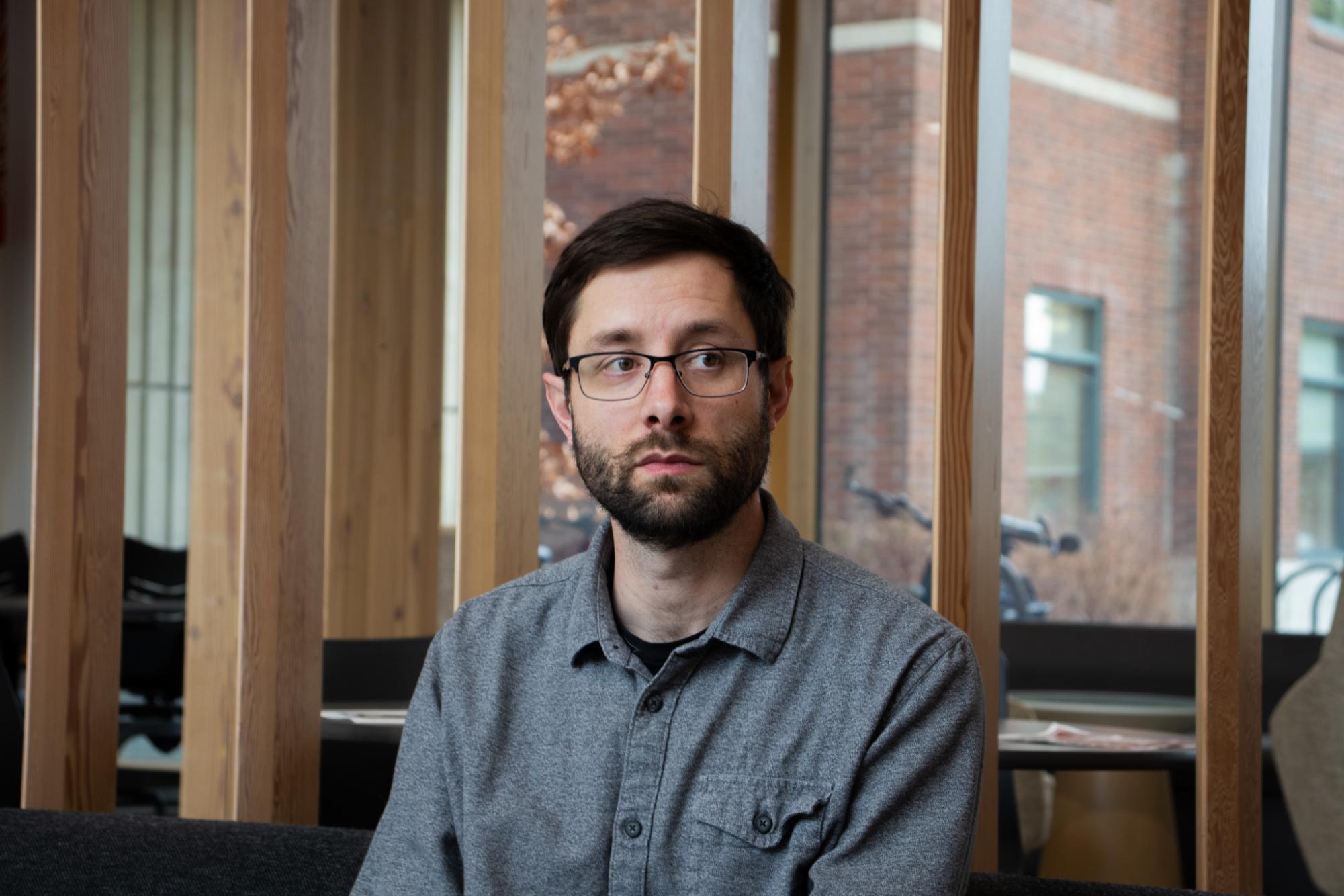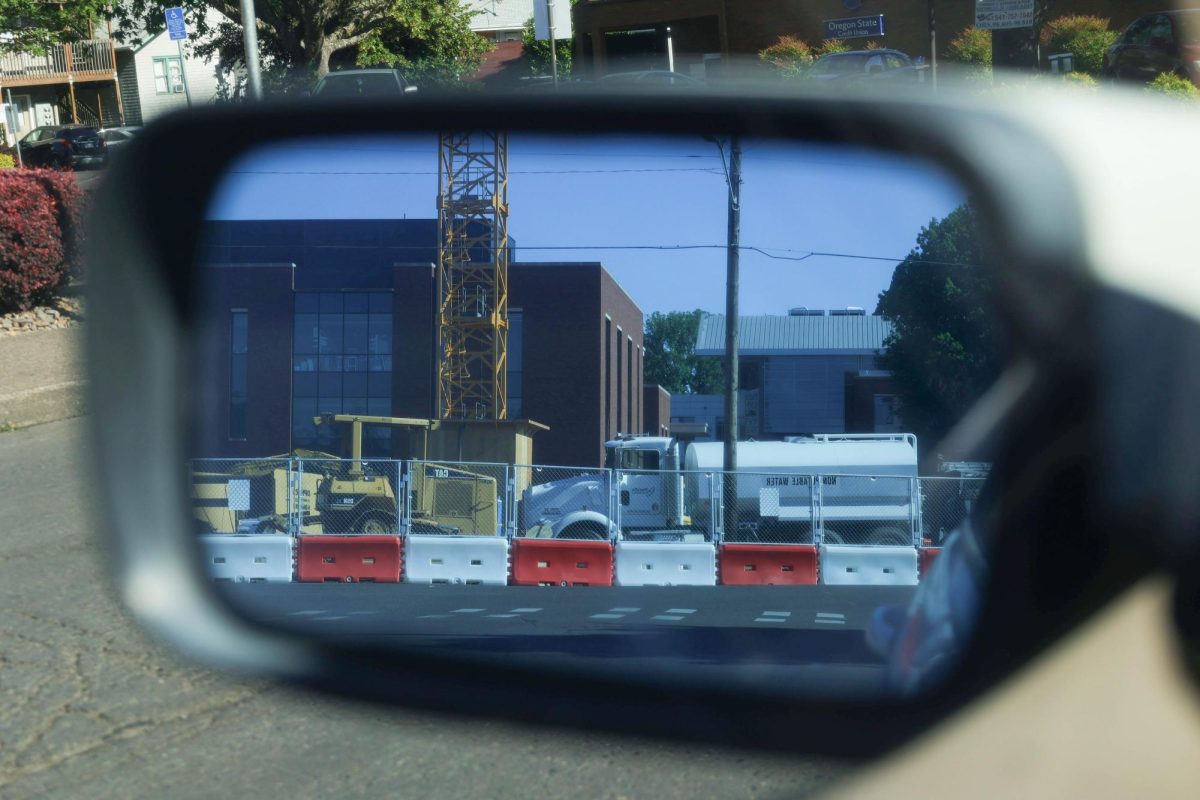A team at Oregon State University has conducted research on how the wettest parts of the Pacific Northwest will be affected by wildfires, showing a doubling of wildfires by 2035.
“Really a lot of that is just because there just haven’t been a lot of fires in recent years,” said Alex Dye, a faculty research associate in the OSU College of Forestry, who was a part of this research. “The changes look really extreme because you’re going from not many fires, to some fires, and that’s a huge change.”
The team used models, not their own, that have records of the earth’s systems when the last wildfires took place and have linked it back to the present day. The team linked their past and present findings on fire spread and climate to make future projections.
“In the last couple of decades, we know what the climate was,” Dye said. “We know when the wildfires were, we know when they happened and how big they were, or what the climate was on that day or in that month. And that’s what we use to model that known relationship between climate and wildfire.”
They specifically look at things including temperature and precipitation and use that information to convert estimates of vegetation dryness, which is a very big factor for wildfires.
“We’re seeing a lot more intense and severe burns,” said Christoph Anderson, a third-year student studying natural resources who was not involved in the study. “Ecosystems that are not really used to it, typically where people like to grow trees, (it’s) going to be hard.”
Anderson hopes to work within the forestry industry, specifically with pest and disease prevention in forests.
The United States Forest Service started this research five years ago, when they began a project called the West-Side Fire and Climate Adaptation Research Initiative, according to Dye.
That research looked into how places in the western part of the Northwest were affected with fires started by climate change. These results are what allowed the OSU team to develop the recent projections.
“This was a central piece of that initiative to develop these core scenarios,” Dye said. “Just because we all knew that the models show trends towards warmer and drier futures but it wasn’t quite clear how exactly that would impact fire.”
Dye said that it doesn’t matter when the changes are occurring, because all those times of the year affect fire in a different way.
These fires will no doubt affect people who live in the PNW, in many different ways, according to Anderson. Smoke from fire can cause breathing problems, skin problems and problems in how crops grow and thrive.
“We’re going to be seeing a lot more effects in our crops,” Anderson said. “Also, the Willamette Valley has the most of Oregon’s population, with 70% of Oregon (living) in Willamette Valley, so it is going to affect the health of the people living here.”
But, this research provides ways to help people potentially contribute to the decrease of wildfires, instead of the increase.
“Climate is not the be all, end all,” Dye said. “It’s not the only thing that goes into fire ignition or fire spread or how many fires there are. (It’s) one very important piece, but it’s not the only one.”
One thing that citizens can do to help prevent wildfires is not starting recreational fires when vegetation is dry. Dye said that a natural fire can only start by a lightning strike and that fire will spread where it’s able to keep burning, which is in dry vegetation.
Anderson lived in Southern Oregon during the 2020 wildfires, and watched all the events unfold as fires spread throughout much of Oregon.
“It was hard,” Anderson said. “It destroyed people’s lives, people’s lives were taken, and it was all because of improper management of our ecosystem.”
In addition, these projections affect those who are wanting to go into the forestry industry. According to Dye, these trees that will be affected by these wildfires are a part of the economy and also contribute to the experience of living in this part of the world.
“It’s something that (the forestry industry) is going to be aware of,” Dye said. “It’s going to become a more and more integral part of forestry.”
As part of this research, Dye and the team will use it to create a better sense of other things that are contributing to more wildfires.
“We’ve got the climate piece somewhat figured out,” Dye said. “Or at least we have a set of plausible future conditions. What else can we do to bring that risk back a little bit?”















































































































